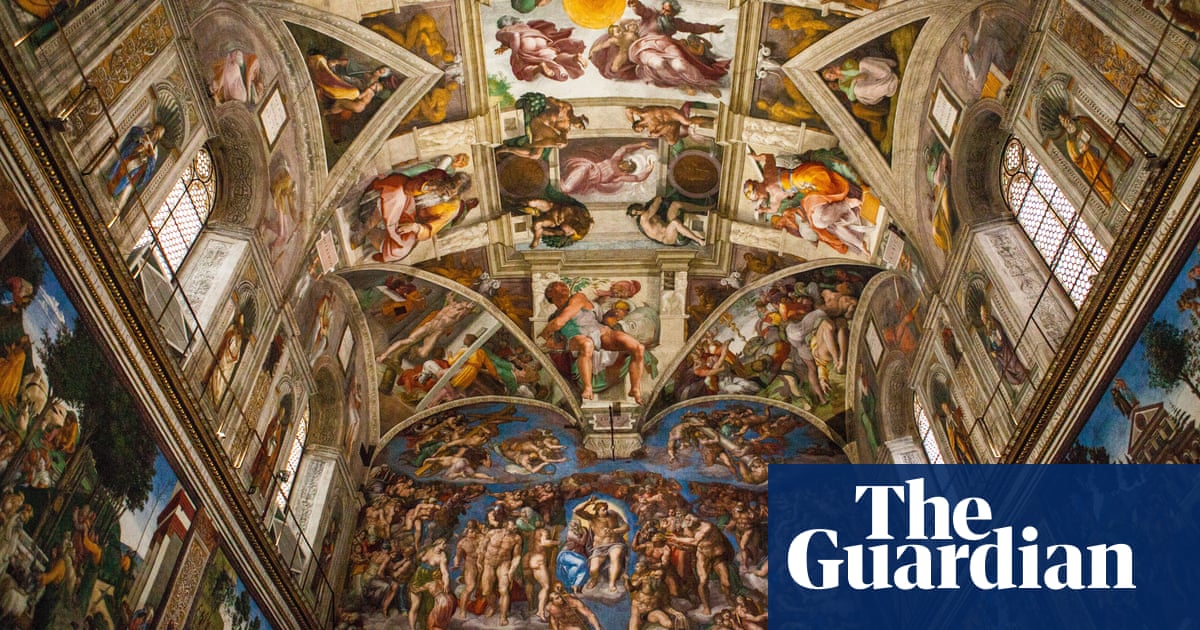
"When a bomb blows in a window in last year's award-winning film of the book, the conclave carries on without even pausing for restorers to check the damage."
"Julius's desire to beautify the chapel with Michelangelo's art was itself dynasticâthe Sistine was shaped by Julius's uncle, Pope Sixtus IV, so he was adding to the glory of the Della Rovere clan."
"Everything about his frescoes testifies to a personal example of courage, integrity and Christian faith that should help the electors think about the virtues of an ideal pope."
The article explores the significance of Michelangelo's frescoes in the Sistine Chapel, particularly during the papal conclave. It highlights how the artwork, including the Last Judgment and scenes from Genesis, could influence the Cardinals in their decision-making. The historical context of papal elections during the Renaissance is examined, particularly the election of Pope Julius II, whose patronage of Michelangelo shaped the chapel's artistic direction. The frescoes embody ideals of integrity and faith, prompting reflection on the qualities desirable in a new pope, amidst discussions of reform in the Church.
Read at www.theguardian.com
Unable to calculate read time
Collection
[
|
...
]